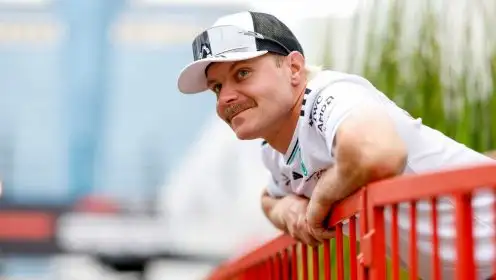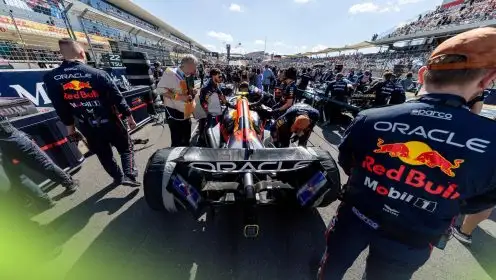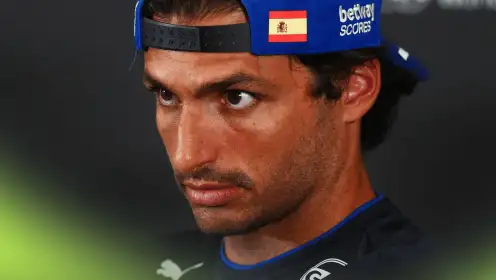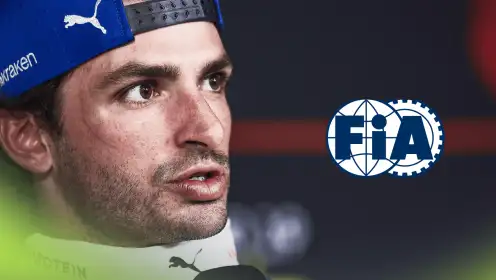Why FIA deployed Virtual Safety Car amid thrilling Mexican GP finale
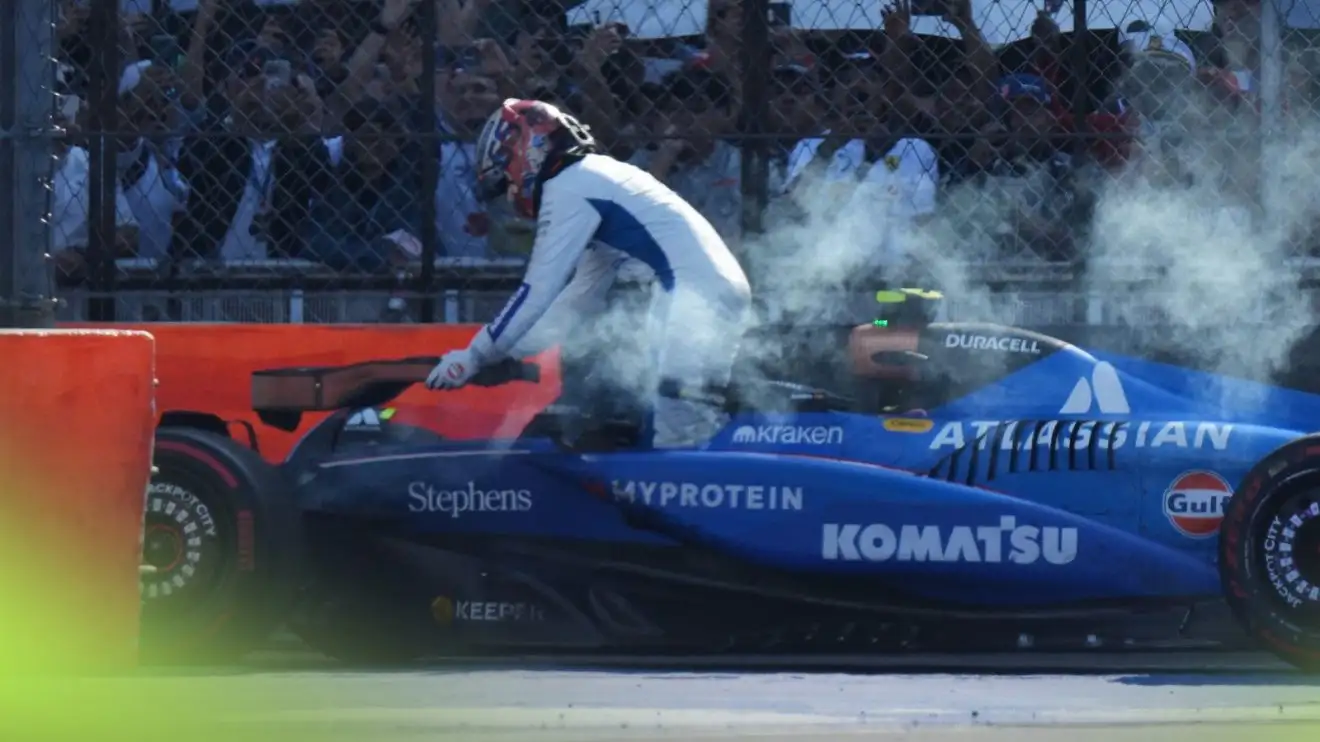
A spin from Carlos Sainz late in the Mexican GP drew an unpopular Virtual Safety Car.
A Virtual Safety Car in the final stages of the Mexico City Grand Prix robbed fans of a grandstand finish.
Carlos Sainz spun in the stadium section, prompting race control to neutralise the race and, in the process, effectively end the hopes of title protagonists Max Verstappen and Oscar Piastri as they engaged in separate nail-biting battles.
FIA safety obligation overrides sporting considerations
Sainz lit up the rear end of his Williams on the kerb exiting the right-hander after the tight-left in the middle of the stadium complex – the slowest part of the circuit.
As he did, he spun and his right-rear wheel tagged the barrier, breaking the suspension.
Last year’s race winner recovered the car to a nearby opening in the fence, the Williams crab walking as a result of the impact.
That prompted race control to initially throw yellow flags to cover the incident before escalating that to a Virtual Safety Car with the lead drivers on the penultimate lap.
As the VSC was enabled, Max Verstappen had closed on Charles Leclerc and was mounting a challenge for second place. Behind, Oscar Piastri was within DRS range of Oliver Bearman in the fight for fourth.
But they were battles about far more than track position; had Piastri finished fourth and not fifth, he’d have maintained the championship lead. For Verstappen, it was all about moving closer in the championship with four rounds remaining after Mexico.
Instead, their chances were hampered by the Virtual Safety Car, which was both unpopular and viewed as an overreaction given the Williams’ position and the timing of the race – there were just two more racing laps, affording little time for an unlikely incident at the low-speed left-hander.
It’s a view seemingly supported by onboard vision from Sainz’s car, which shows he stopped with the nose behind the barriers. However, the rear of the car still within the racing surface while observers in the stadium have told to PlanetF1.com that the car was still on the race track.
Imagery of the scene is similarly deceptive; while onboard vision from the Williams showing its front axle was behind the fence line, photos suggest the entire car was stopped on track.
The brief coverage of the car on the broadcast – as Leclerc and Verstappen passed it at the end of Lap 70 – clarified the situation, with marshals clearly on track in the run off area as they tended to to the stricken machine.
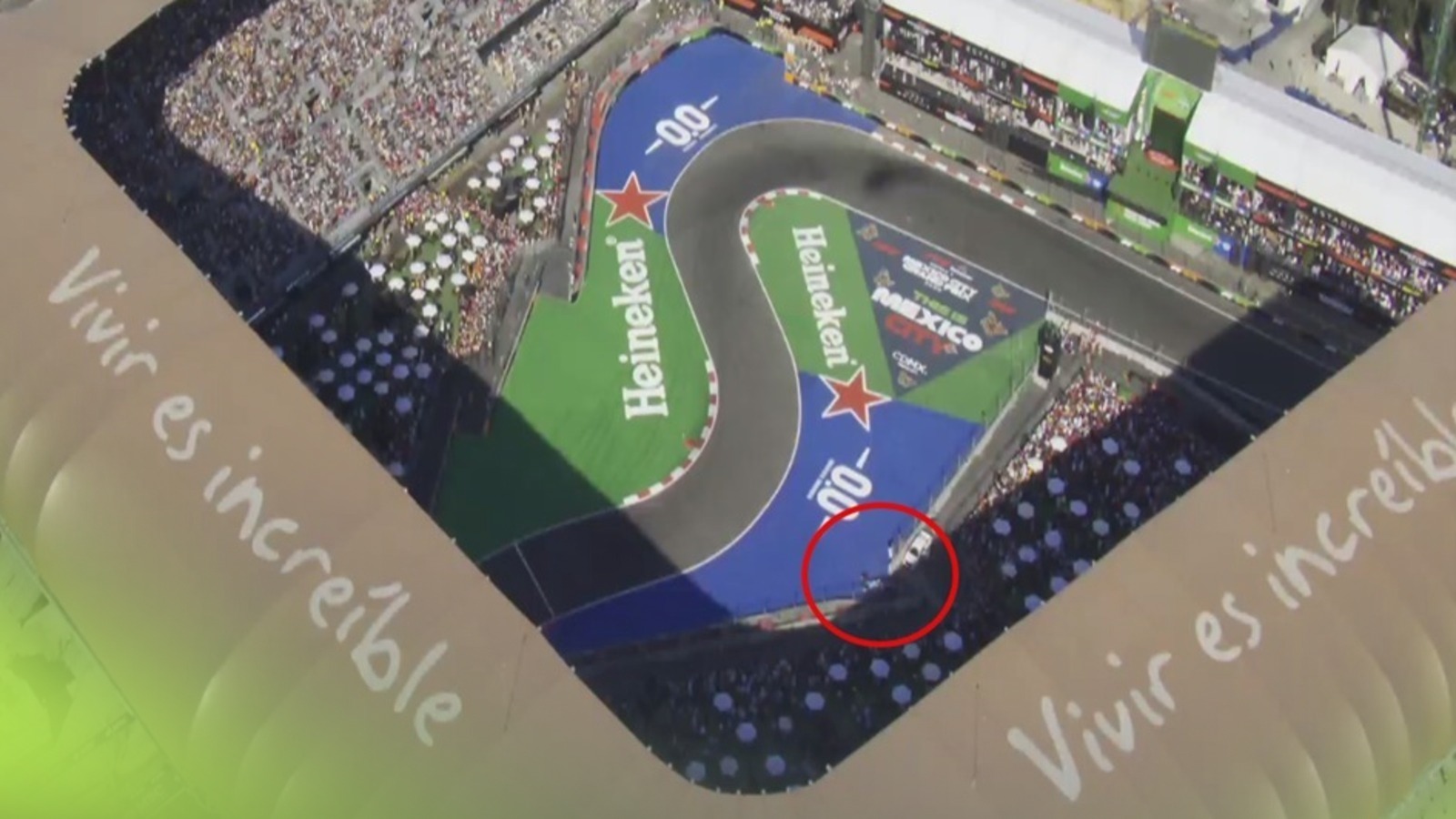
“On lap 70, Sainz spun and stopped in the runoff area on the outside of Turn 14,” and FIA statement issued to PlanetF1.com said.
“His car came to a halt in an exposed position. The car subsequently began smoking and race control received notifications of fire, making it clear that marshal intervention would be required for recovery.
“As is standard procedure when marshals are deployed to recover a car, the race is neutralized, in this case, a Virtual Safety Car (VSC) was triggered until the car was moved to a safe location behind the barriers.
“The VSC ended as soon as the car was in a protected position, and the race concluded under green-flag conditions.”
Race control has a primary obligation to maintain safety at all times. That goes not only for the drivers but officials, though there was a near miss in a separate incident for Liam Lawson earlier in the race.
Previously, race control has come under fire in the past for placing marshals and drivers at risk. That has seen it become more conservative, with the Virtual Safety Car in Mexico evidence of that mentality.
In the eyes of race control and the FIA, it took the correct action, done so in the interests of the greater good with no consideration to the sporting impact – to consider that would be a bias of sorts.
Had anything happened, race control was on the hook. So, while remote as that chance was, it had no choice but to deploy the Virtual Safety Car once Sainz’s car stopped without being completely behind the wall. And certainly once officials were on track.
In short, race control got it right by making a hugely unpopular decision.
The fallout was a damp squib of a conclusion to a race that had been building to an almighty crescendo. And for that, fans will understandably feel hard done by.
Want to be the first to know exclusive information from the F1 paddock? Join our broadcast channel on WhatsApp to get the scoop on the latest developments from our team of accredited journalists.
Read next: Lando Norris booed out of Mexico City GP stadium after crucial win


